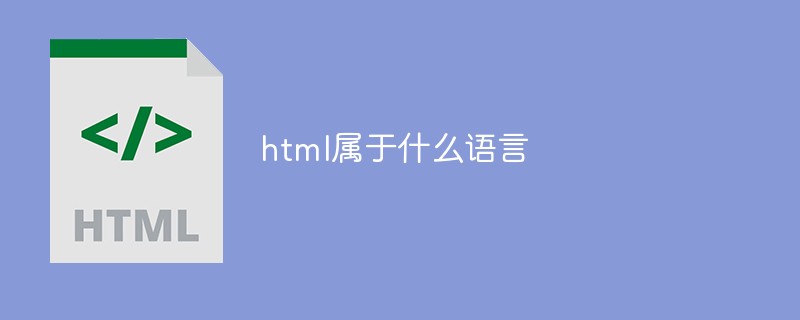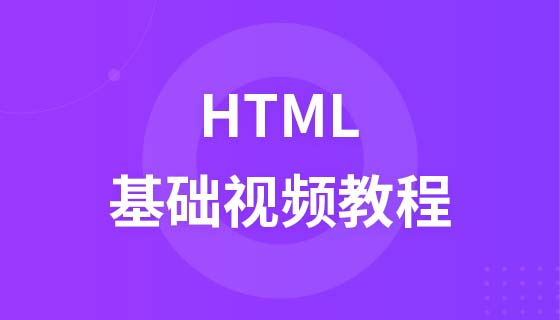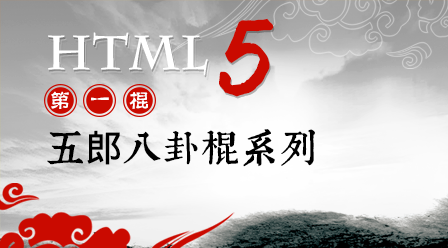HTML属于一种标记语言。HTML全称“超文本标记语言”,是为网页创建和其它可在网页浏览器中看到的信息设计的一种标记语言。HTML包括一系列标签.通过这些标签可以将网络上的文档格式统一,使分散的Internet资源连接为一个逻辑整体。

本教程操作环境:windows7系统、HTML5版、Dell G3电脑。
HTML的全称为超文本标记语言,是一种标记语言。它包括一系列标签.通过这些标签可以将网络上的文档格式统一,使分散的Internet资源连接为一个逻辑整体。HTML文本是由HTML命令组成的描述性文本,HTML命令可以说明文字,图形、动画、声音、表格、链接等。
超文本是一种组织信息的方式,它通过超级链接方法将文本中的文字、图表与其他信息媒体相关联。这些相互关联的信息媒体可能在同一文本中,也可能是其他文件,或是地理位置相距遥远的某台计算机上的文件。这种组织信息方式将分布在不同位置的信息资源用随机方式进行连接,为人们查找,检索信息提供方便。
标记语言,是一种将文本以及文本相关的其他信息结合起来,展现出关于文档结构和数据处理细节的电脑文字编码。与文本相关的其他信息(包括文本的结构和表示信息等)与原来的文本结合在一起,但是使用标记进行标识。
立即学习“前端免费学习笔记(深入)”;
HTML特点:
超文本标记语言文档制作不是很复杂,但功能强大,支持不同数据格式的文件镶入,这也是万维网(WWW)盛行的原因之一,其主要特点如下:
简易性:超文本标记语言版本升级采用超集方式,从而更加灵活方便。
可扩展性:超文本标记语言的广泛应用带来了加强功能,增加标识符等要求,超文本标记语言采取子类元素的方式,为系统扩展带来保证。
平台无关性:虽然个人计算机大行其道,但使用MAC等其他机器的大有人在,超文本标记语言可以使用在广泛的平台上,这也是万维网(WWW)盛行的另一个原因。
通用性:另外,HTML是网络的通用语言,一种简单、通用的全置标记语言。它允许网页制作人建立文本与图片相结合的复杂页面,这些页面可以被网上任何其他人浏览到,无论使用的是什么类型的电脑或浏览器。
推荐教程:《html视频教程》
以上就是html属于什么语言的详细内容,更多请关注php中文网其它相关文章!

HTML怎么学习?HTML怎么入门?HTML在哪学?HTML怎么学才快?不用担心,这里为大家提供了HTML速学教程(入门课程),有需要的小伙伴保存下载就能学习啦!




Copyright 2014-2025 //m.sbmmt.com/ All Rights Reserved | php.cn | 湘ICP备2023035733号